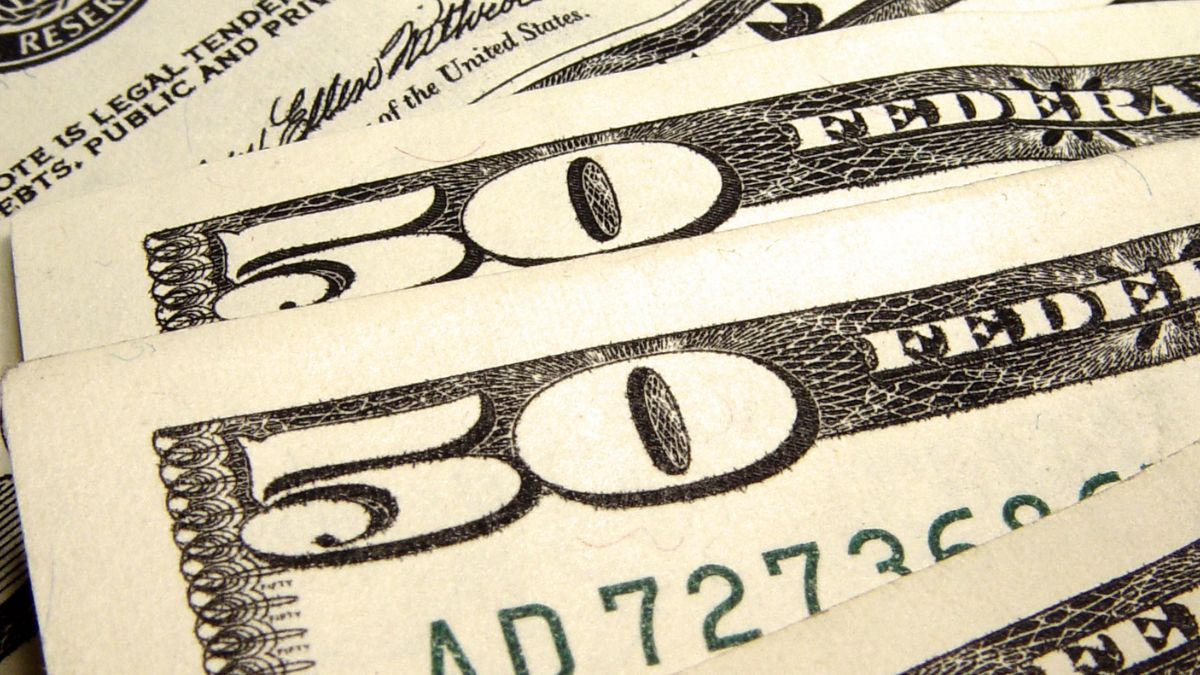Did you know that some $50 bills will no longer be valid in the United States? We’ll tell you which ones and explain the new rules set by the Federal Reserve of the United States.
The $50 Bills That Will No Longer Be Accepted at Banks
The Federal Reserve of the United States has announced that certain $50 bills will cease to be accepted at banks and ATMs nationwide. This change is part of a broader initiative to renew and modernize some currency notes. So, what exactly does this mean for you?
Major financial institutions such as Bank of America, JP Morgan Chase, Wells Fargo, and Citibank will stop accepting $50 bills with specific descriptions. However, other denominations, including $5, $20, and $100 bills, will remain valid.
This measure is being implemented due to the release of new designs and models for currency notes. The exclusion of certain $50 bills aims to modernize the monetary system, ensuring that the currency in circulation is up-to-date and secure.
- The $5, $20, and $100 bills will continue to be accepted.
- The updated $50 bills will feature enhanced security features and design elements.
- Financial institutions will gradually phase out the old $50 bills.
Stay informed about these changes to avoid any inconvenience when using cash. Make sure to check your $50 bills and exchange any outdated ones at your bank.
Starting in September 2024, major financial institutions like Bank of America and Wells Fargo will no longer accept $50 bills in the United States. This change is a response to the introduction of new designs and enhanced security features for this denomination.
Federal Reserve’s New Initiative: Changes to $50 Bills in 2024
This initiative by the Federal Reserve aims to encourage the use of well-maintained bills and promote the circulation of secure money. Banks have upgraded their systems to detect and reject bills that do not meet the established standards.
Ensuring Safety and Education
Additionally, this measure seeks to educate users on the importance of keeping bills in good condition in the United States. Financial institutions have launched informative campaigns to raise awareness about this new regulation.
- Bank of America and Wells Fargo stop accepting $50 bills in September 2024.
- New designs and security features are introduced for $50 bills.
- Banks enhance their systems to detect non-compliant bills.
- Educational campaigns inform the public about maintaining bill quality.
By implementing these changes, the Federal Reserve hopes to ensure that the money in circulation is both secure and in good condition, benefiting everyone in the United States.
In the United States, banks and ATMs will no longer accept certain types of $50 bills. This policy is aimed at improving security and reducing the risk of counterfeiting.
Which $50 Bills Will Be Rejected?
The measure specifically targets mutilated, damaged, or worn-out $50 bills. These bills will be refused by both banks and ATMs, compelling users to exchange their deteriorated bills for ones in better condition at the Federal Reserve.
The decision to reject damaged bills will be implemented gradually, allowing customers to adapt to the new requirements. Financial institutions have communicated this measure to their users to avoid future inconveniences.
It’s worth noting that bills over $100, such as $500, $1,000, $5,000, and $10,000 bills, ceased production more than 50 years ago.
What should I do if I have an old $50 bill that is still valid?
If you have an old $50 bill that is still valid, you can continue to use it as legal tender. All U.S. currency remains legal tender, regardless of when it was issued. You do not need to trade in old-design notes for new ones.
While businesses in the U.S. are not legally required to accept cash, most will take valid older-design bills.
To check if your old $50 bill is genuine, look for key security features depending on the series year:
- 2004-present: Hold the bill to the light to see the watermark and embedded security thread. Tilt it to see color-shifting ink in the numeral 50.
- 1997-2004: Look for the watermark, security thread, and color-shifting ink.
- 1990-1997: The bill should have a security thread and microprinting.
- 1914-1990: The bill will not have more modern security features but should still have fine-line engraving, intricate patterns, and a Treasury seal.
- If you suspect the bill may be counterfeit, contact local law enforcement. Do not try to use it.




